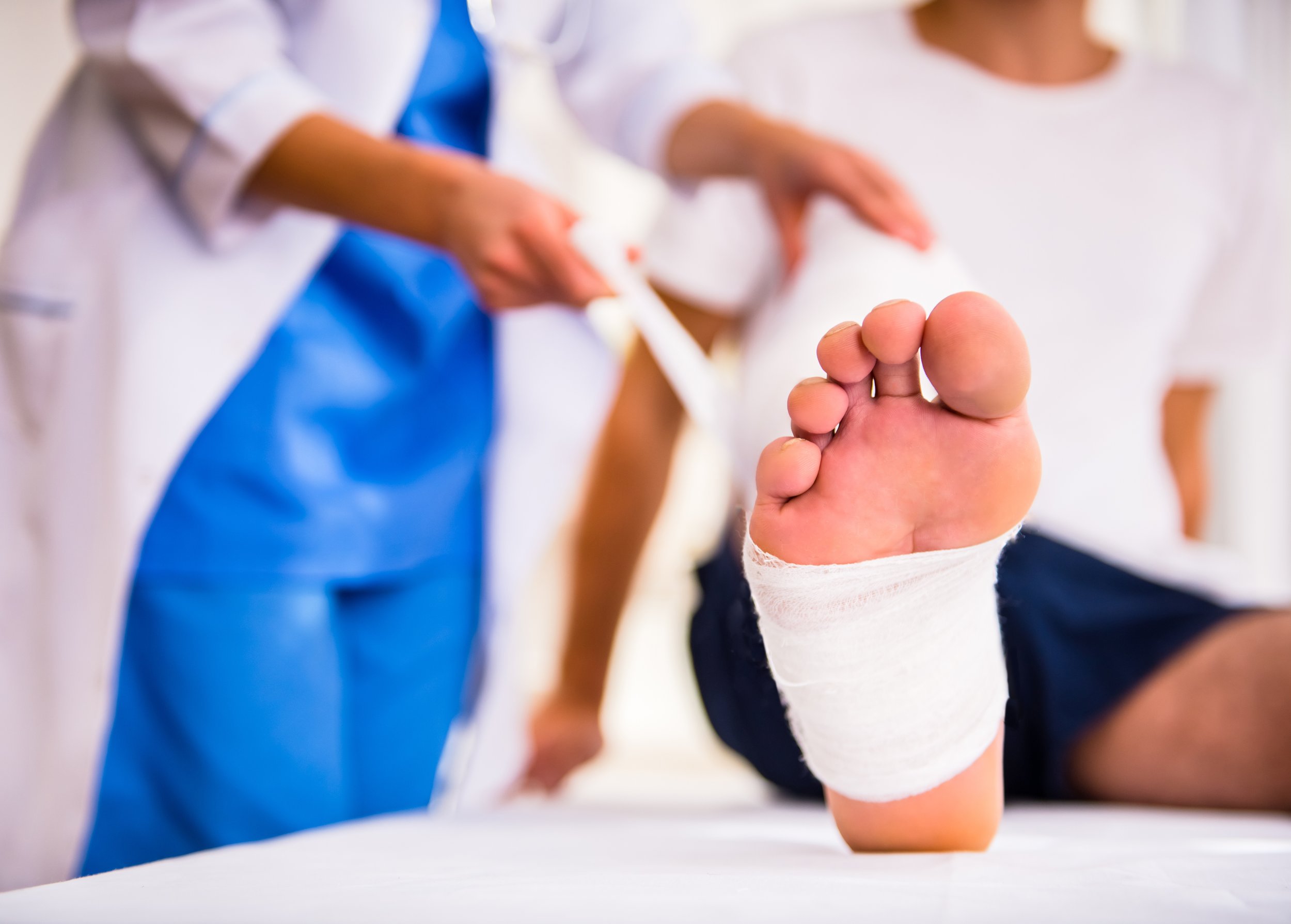
Bunion Procedures
Who needs foot surgery for bunions?
The main aim of surgery is to improve pain. It may also be to improve foot function and mobility. Surgery is only considered for patients that have not responded to simple measures such as pain relief, physiotherapy, podiatry or shoe modifications and use of splints/spacers between the toes.
People with the following may need surgery for bunions:
Severe or constant pain causing an impact on your life; such as walking and standing,
The deformity is so severe it has an impact on your life,
Recurrent ulcerations over the prominence of the bunion.
Difficulty in getting comfortable shoes (Surgery is not recommended for cosmesis).
What happens during surgery?
There are a number of options for bunion surgery. This may involve removing bone prominence and to reshape the foot and improve movement (break and reset the big toe bones), fusion of the big toe joint (removing all movement of that joint) or potentially fusion of the joint at the base of
big toe which may be suitable for a very small group of patients:
Before surgery you are likely to be asked to complete a questionnaire so we can measure the outcomes once you’ve recovered.
Surgery is usually performed under general anaesthetic (you’ll be asleep) and/or anaesthetic block. You will need to stay in hospital for a number of hours and sometimes overnight.
Your surgeon will be able to give you specific information on the type of surgery, the different options and the specific risks and benefits.
Removal of the prominence and re-alignment of the big toe bones/joint is the most common procedure offered
Risks of foot surgery
As with any surgery, there are associated risks. If you are overweight, smoke or not active, you are at greater risk of developing complications after surgery and it may take longer to recover. You may want to discuss this with your GP or health professional what you can do before surgery.
Stiffness or persistent pain in the foot. In very few cases, nerves may be damaged, which could lead to chronic pain that may be worse than the pain before surgery.
A low risk of a blood clot in the leg or deep vein thrombosis (DVT). All patients should be assessed for DVT risk. If you have no other risk factors, we don’t generally recommend any further treatment.
A few people suffer complications such as infections which are treated by antibiotics and from time-to-time, wounds can become more deeply infected and require further surgery.
Rarely further surgery may be required if the deformity recurs or the bones don’t unite in the perfect position.
A small number of patients may require further insoles or help from a podiatrist if the foot becomes unbalanced after surgery.
It’s important to remember that most of the complications are minor and can be easily and successfully treated.
Benefits of surgery
The outcome of foot surgery is usually good but it doesn’t mean that all the people who have the surgery will be completely pain free. The main benefits are:
The majority of patients are relieved of the pain and disability, or the pain may be significantly improved.
Greater independence.
A wider choice of more comfortable shoes.
How long will I spend in hospital or on treatment after surgery?
Anyone who has foot surgery will either go home the same day or spend one night in hospital.
You will be expected to be up and active the day after surgery by completing normal everyday tasks such as walking around and getting dressed but will need to strictly rest and elevate the foot for 10 to 14days after surgery.
For the first six weeks after your surgery you may need a modified shoe to protect your foot and walking aids such as crutches to help support you.
You may start driving again after about six to eight weeks or earlier if you have an automatic car. You must be able to make a safe emergency stop before resuming driving.
Following your surgery, you will be required to complete apost-surgery outcome questionnaire to monitor your improvement and improve ourknowledge.
You may need to regularly complete an outcomequestionnaire.
It may take up to one year to recover fully fromfoot surgery and rarely longer.
A very small number of people will continue to experience pain after surgery.
